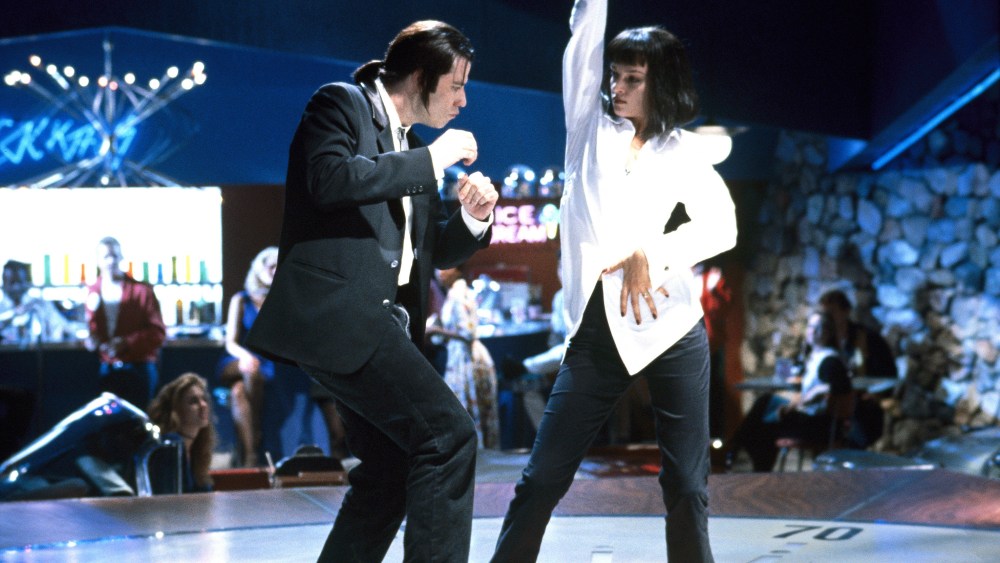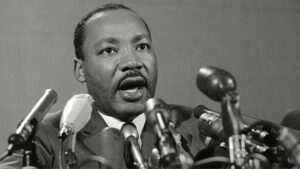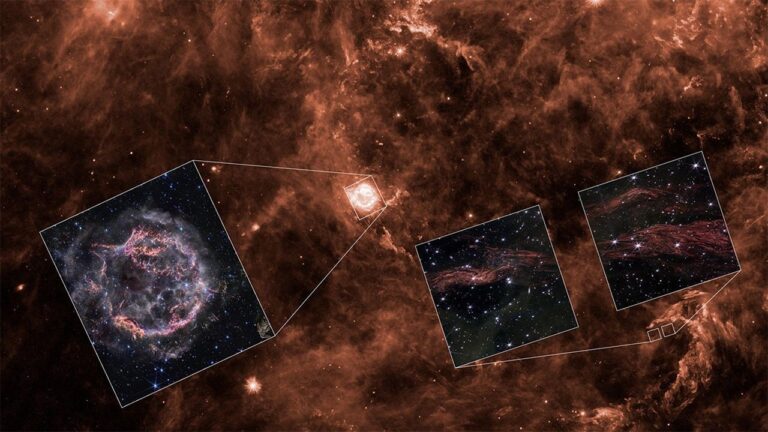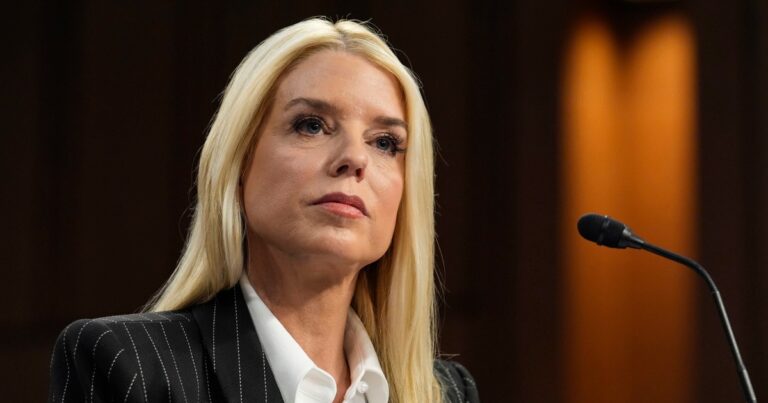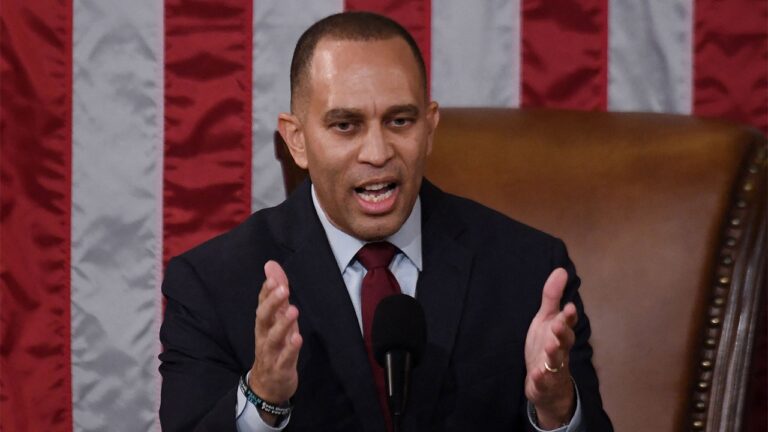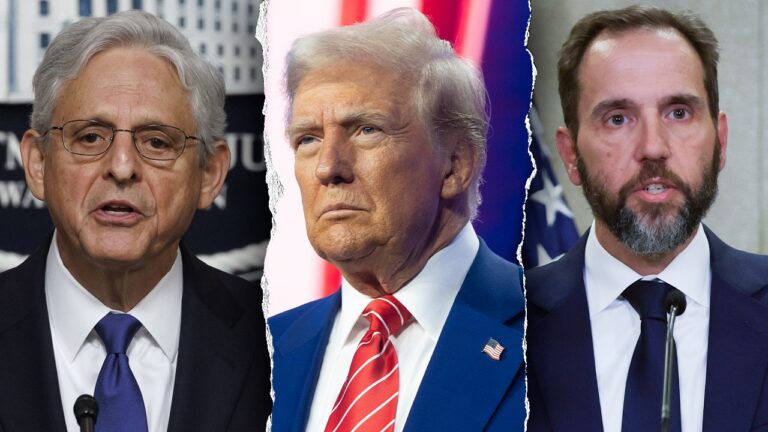At the risk of sounding like Nicole Kidman: We all know the feelings that unite an audience in a movie theater. Yet when I went to see the rereleased “Interstellar,” I was struck by a new feeling. Taking my seat in front of the IMAX screen at the AMC Lincoln Square, I was honestly shocked to see that at a 2:45 p.m. Friday showing of a 10-year-old movie, an incredibly large theater, with dramatic banked seating — the only true IMAX theater in Manhattan — was totally packed.
This was the kickoff of the film’s second weekend. (Last weekend it took in a neat $4.6 million on 165 screens.) And before the movie had even started, it struck me that those of us in the audience were already profoundly united in wanting to reexperience “Interstellar.” There were some, of course, who had never seen it. Yet this was basically a revival of Christopher Nolan’s 2014 space-odyssey-meets-climate-change-meets-metaphysical-father-and-daughter heart-tugger. And as we gawked up at that giant square of a screen, I plugged into the holy cinematic trinity of curiosity, discovery, excitement.
I confess that I’ve never been a big fan of “Interstellar.” Having now seen it a second time, I’m still not. It’s a very weird blockbuster: made with the sumptuously accomplished, eye-popping, you-are-there-in-outer-space technique of a filmmaking wizard (all of which is grandly enhanced by IMAX), yet with a story that zigs and zags for 2 hours and 49 minutes, almost as if Nolan were making it up as he went along. It all ties together in the end, of course, but it’s still equal parts “Whoa!” and woo-woo. The script is by Nolan and his brother and collaborator, Jonathan Nolan, but what “Interstellar” feels like is a collaboration between Stephen Hawking and M. Night Shyamalan.
I was moved and enthralled by moments of it, I cringed at others, and I never totally bought it. I’m sorry, but there’s a fundamental contradiction in making a “visionary” sci-fi movie that’s this fetishistically beholden to “2001: A Space Odyssey,” from the organ chords to the double-planed wormhole to the theme of humankind’s rebirth. But my point here isn’t to grouse. It’s to say that for all my carping, I was genuinely gratified to see “Interstellar” on the big screen again. It felt like an adventure, going back in time (if only a decade), and I was psyched to realize that more than a few others felt the same way.
Which leads me to ask: If a movie that is, in my opinion, far from Nolan’s masterpiece can enjoy this kind of redux success, what other movies are ripe for a theatrical rerelease? I realize that Nolan is the kind of filmmaker a studio probably wants to toss a bouquet to, and there aren’t many like him. No one’s pretending that a rereleased movie is going to break the bank.
Yet I think this is a moment when judiciously chosen rereleases could lure audiences in and serve a higher purpose. When you go to see a movie in a theater that’s not a current movie — that is, almost by definition, cinema passion. And cinema passion is what audiences need to be reminded of. The megaplex as revival house? Why not? It’s been done before. But maybe we should consider doing it with some freshly energized programming savvy. For starters, here are 12 films I would love to see in a theater with an audience again. Put another way: Would you rather pay $17 to see one of these or “Morbius & Kraven: The Spider-Villain Squad”?
“Gladiator” (2000). “Gladiator II,” Ridley Scott’s eminently watchable if less-than-spectacular sequel, proves that the audience for a “Gladiator” movie is alive and well. So why not bring back the original, in which Russell Crowe creates the definitive charismatic portrait of non-toxic masculinity?
“Pulp Fiction” (1994). It’s still Quentin Tarantino’s greatest film, and it still begs to be seen on the big screen, where it can once again take its place as a mythological eruption of danger and joy.
“Gravity” (2013). It’s simpler than “Interstellar,” and three times the movie. When you see it in a theater, you just about merge with its starstruck grandeur and anti-gravity pace, not to mention with Sandra Bullock — in her finest performance — as an astronaut cut loose in the universe.
“Fight Club” (1999). All those young men who voted for Trump? You could say that the angry insular bro culture that supported them was first marked by this movie. What a thing it would be to experience David Fincher’s feral fable again from inside that tribe known as an audience.
“Ghost” (1990). It’s got everything: love, death, pottery, supernatural excitement, and Demi Moore, the collective appreciation for her revived by “The Substance,” in her romantic heyday. And Patrick Swayze was quite a force. Time to go back to their unchained melody.
“Casino Royale” (2006). Now that Daniel Craig has left the Bond building, it would serve James Bond fans to re-experience what is arguably the greatest 007 movie ever. Overnight, in my opinion, the Craig Bond films turned franhise-y, but the actor’s first plunge into the role is a stand-alone marvel of storytelling majesty.
“Bridesmaids” (2011). Nothing craves a crowd like comedy. And Kristen Wiig and Paul Feig’s uproarious romantic satire about female friendship placed under the hot glare of matrimony and class war is that kind of contagious laugh riot.
“Cocktail” (1988). Yes, I’m serious. For 40 years, the words “Tom Cruise” and “movie audience” have been flip sides of the same coin. You could name 20 better Cruise movies, yet the glory of “Cocktail” is its borderline innocent, borderline corrupt ’80s shamelessness. Could nostalgia this deep-cut cheesy work for a new generation? Let’s find out.
“Blade” (1998). The lure of Blade, the style-heavy vampire hunter, is now at fever pitch, and there’s a rush that comes from seeing certain comic-book movies that were made before the Marvel revolution. In the title role, Wesley Snipes takes command as only he could.
“L.A. Confidential” (1997). When Curtis Hanson’s labyrinthine Los Angeles noir came out, few had heard of Guy Pearce or Russell Crowe. Knowing them like old friends only enhances the pleasure of this brilliant dark thriller, the kind of movie that used to be Hollywood’s bread and butter and that now looks like Tolstoy. But it can still hold an audience in its grip.
“Zoolander” (2001). Rereleased now, I envision it as a “Rocky Horror Picture Show” for the age of Instagram narcissism. There’s quite a cult for this Ben Stiller fashionista farce, and they should turn out for it, but so should a potential new crop of “Zoo” heads.
“Basic Instinct” (1992). Remember sex at the movies? Even in 1992, there was a certain guilt about it, and that’s part of what this infamous down-and-dirty thriller is about — throwing off the shackles of responsibility to give into your inner beast. It’s time to let Sharon Stone remind all of us again what movie stardom is.

